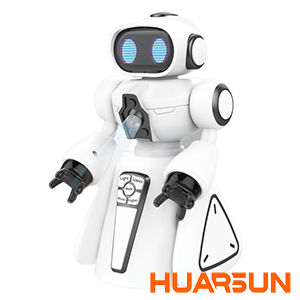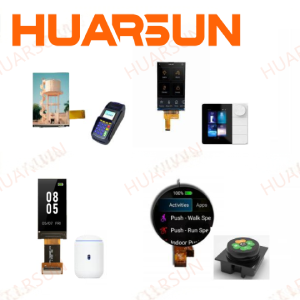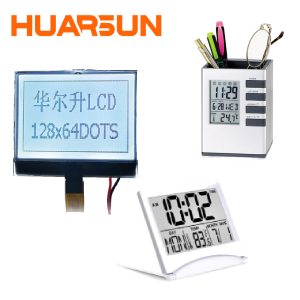Introduction: The Road and the Screen
In the early morning streets of Hanoi, rows of electric scooters hum quietly as commuters rush to work. Their dashboards glow faintly in the sunlight, some showing simple black digits, others flashing full-color graphics with speed, battery, and even Bluetooth indicators. What connects them all is one undeniable fact: the future of electric mobility is inseparable from the display module that sits in front of the rider. This screen is not just a technical component; it is the bridge between rider and machine, shaping the way people trust, navigate, and manage their electric vehicles.
Across Southeast Asia, in cities like Bangkok and Ho Chi Minh, the majority of affordable commuter scooters still rely on monochrome LCD dashboards. Meanwhile, in Germany, Switzerland, and the U.S., premium e-bikes and smart scooters are turning towards TFT and AMOLED color screens to differentiate user experience. The choice of display technology is never random—it reflects a complex equation involving cost, power consumption, clarity, and user expectations.
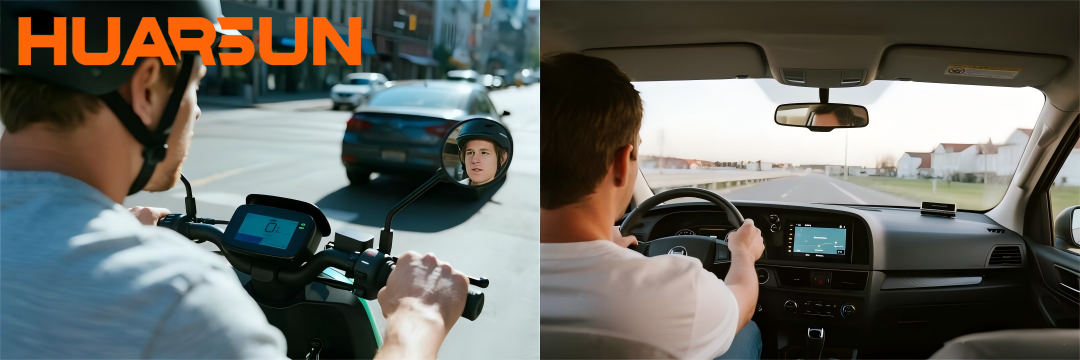
Why Monochrome Still Rules the Streets
For cost-driven vehicles, nothing beats the efficiency of a monochrome LCD module. These segment or dot-matrix displays consume extremely low power, last for years, and maintain sunlight readability that even modern TFTs struggle to match without high-brightness backlights. In markets like Vietnam and Malaysia, where most riders seek affordable, durable solutions, a monochrome dashboard means fewer charging stops, longer battery life, and a reliable readout even at noon under 35°C heat.
Another key factor is simplicity. Most commuters do not need high-end animation—they want to see speed, battery percentage, and warning indicators instantly. Here, the monochrome LCD screen provides exactly that, with zero distraction. Manufacturers also benefit, as these displays integrate easily with low-cost MCUs and do not require powerful GPUs or advanced drivers.
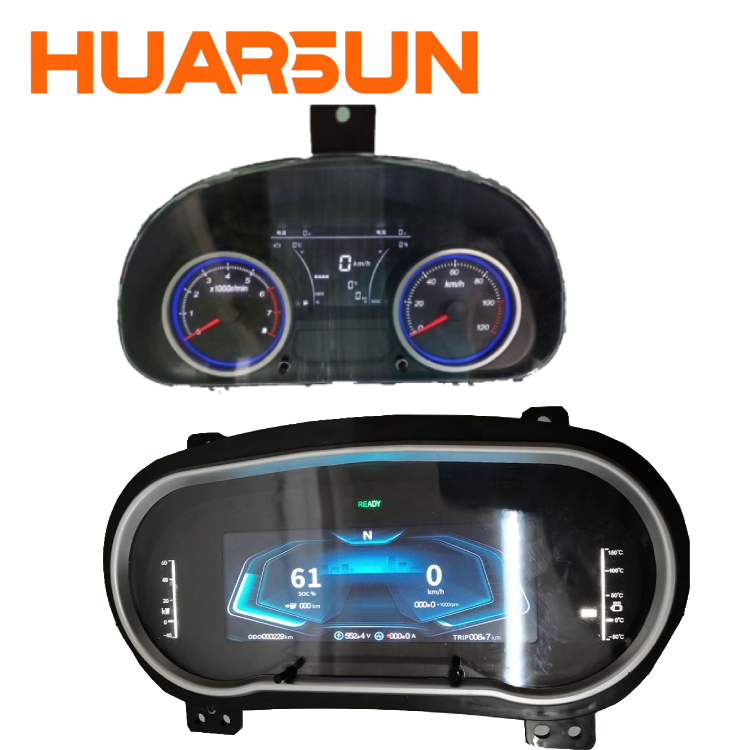
The Rise of TFT in Premium E-Bikes
However, as consumer demand shifts towards smart features, the TFT display module has found its niche in premium electric bikes and scooters. A 2.4-inch or 3.5-inch TFT screen can show not only speed and battery but also navigation maps, Bluetooth music info, and ride statistics. Riders in Western markets such as the U.S. and Germany often expect the same UX quality from an e-bike as they get from a smartphone.
With costs of small TFTs (1.77"–3.5") falling due to mass production in China, more mid-range scooters are upgrading their dashboards. In Malaysia and Thailand, local distributors report rising orders for TFT-based smart scooters targeted at younger riders. A color display is no longer a luxury—it has become a branding statement.
AMOLED & PMOLED: Ultra-Clear But Selective Adoption
AMOLED displays offer unmatched contrast and vibrant colors, making dashboards look futuristic and premium. Some high-end European e-bikes showcase circular AMOLED modules to create stylish dashboards. Yet adoption remains selective due to higher cost, shorter lifespan under sunlight, and complex driver requirements.
PMOLED mini displays, though less common, are gaining traction in compact add-on devices such as Bluetooth-connected speedometers, secondary display meters, or accessory dashboards. They offer designers flexibility in shape and lightweight form, appealing to niche scooter brands exploring creative layouts.
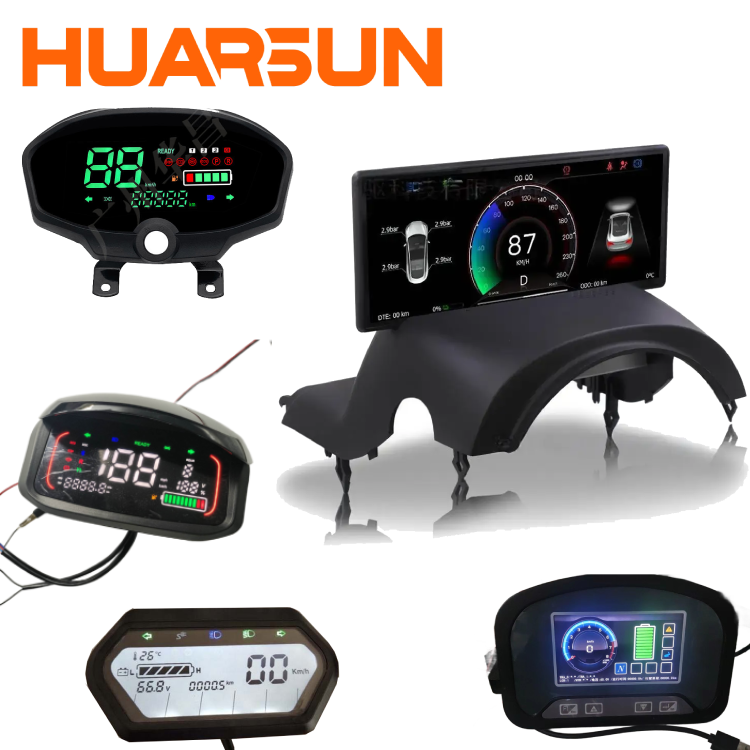
Engineering & Procurement Pain Points
When international buyers source e-bike displays from China, they often face recurring problems:
-
Middlemen without stock – Many so-called “suppliers” are trading agents, not real factories. They delay delivery and fail to provide datasheets or engineering support.
-
Interface mismatches – A buyer orders a TFT display, only to realize too late that it uses RGB while their controller only supports SPI or MIPI.
-
Fake in-stock claims – Some sellers advertise "ready-to-ship" modules but need 15 days after payment. This kills lead times for overseas projects.
-
No pilot testing – Clients skip samples and end up with thousands of units incompatible with their hardware.
These pain points highlight why choosing a direct LCD factory with in-stock inventory and engineering support is essential for scaling reliably.
Our Advantage in Solving the Challenges
At HEMLCD, we combine manufacturing and trading integration. That means:
-
In-house production lines for TFT and monochrome LCD modules
-
Over 30 models in stock, from 0.96" monochrome to 3.5" TFT
-
Engineering support to customize FPC, interfaces, and backlight brightness
-
Datasheets, STEP files, and mechanical drawings ready for clients
-
Flexible MOQs, supporting 10-piece pilot runs to full production
For international buyers in Eastern Europe, the U.S., Vietnam, and Malaysia, this translates into fewer risks, faster launches, and stronger partnerships.
Future Trends: Toward Smarter Dashboards
The evolution of e-bike dashboards will likely follow three parallel paths:
-
Mass Market – Monochrome LCDs will dominate low-cost commuter scooters, especially in Asia, due to unbeatable cost-to-performance.
-
Mid-Range – TFT modules (2.4–3.5") will expand in smart scooters, as navigation, connectivity, and brand image become decisive.
-
High-End – AMOLED and custom circular displays will serve premium European and American markets, offering differentiation for luxury e-bike brands.
What unites all trends is one truth: the display is no longer optional—it is the face of the e-bike. Riders will increasingly judge product quality by the clarity, brightness, and responsiveness of the dashboard screen.
Conclusion: Riding into a Display-Driven Future
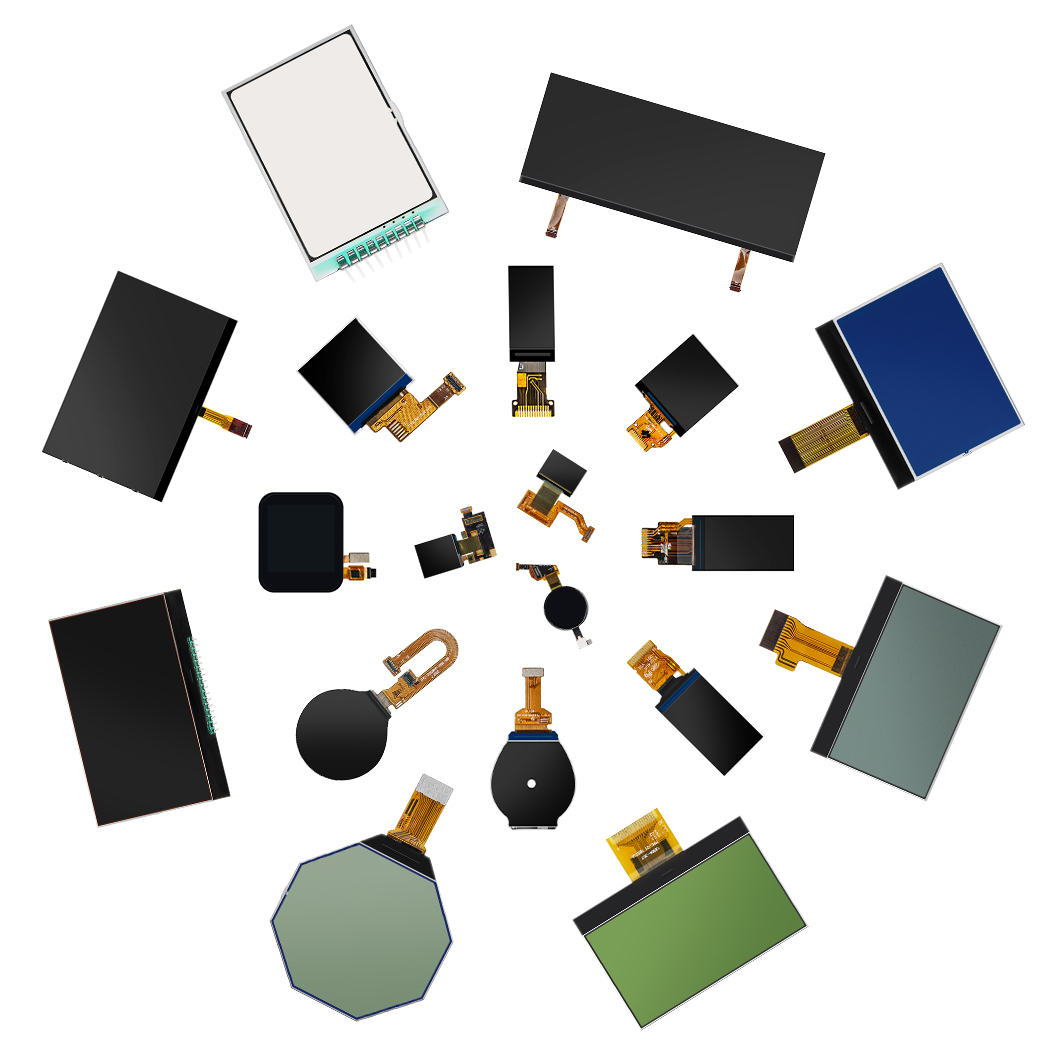
Whether in Hanoi’s morning rush or Berlin’s weekend leisure rides, e-bikes are inseparable from their dashboards. Choosing the right display—monochrome LCD for efficiency, TFT for balance, or AMOLED for premium impact—defines not only user experience but also market success.
For global buyers, working with a trusted LCD module supplier in China means avoiding costly mistakes, accelerating time-to-market, and delivering products that win customer trust. The future of electric mobility will be written on screens no larger than your palm, but their influence will stretch far beyond the dashboard—into the way people perceive technology, energy, and reliability.
Contact Us Now to explore in-stock e-bike dashboard displays (0.39–3.5 inch, monochrome & TFT), or email tina@hemlcd.com / sunny@hemlcd.com.









 Home
Home HEM LCD
HEM LCD  Sep 10,2025
Sep 10,2025 
 Industrial Monochrome LCD for Data Logger
Industrial Monochrome LCD for Data Logger 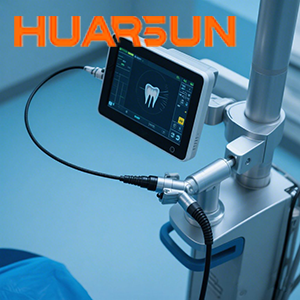
 Apr 14,2025
Apr 14,2025 
